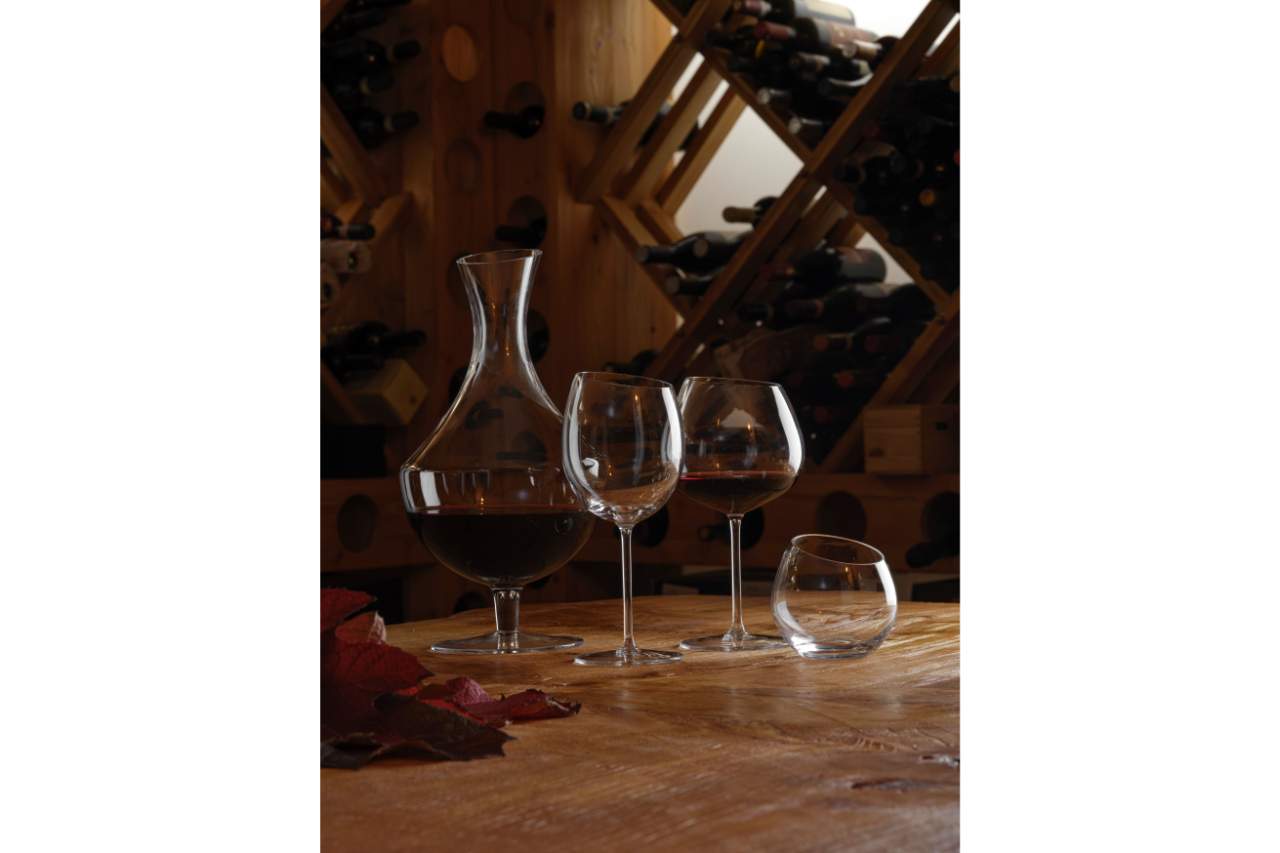
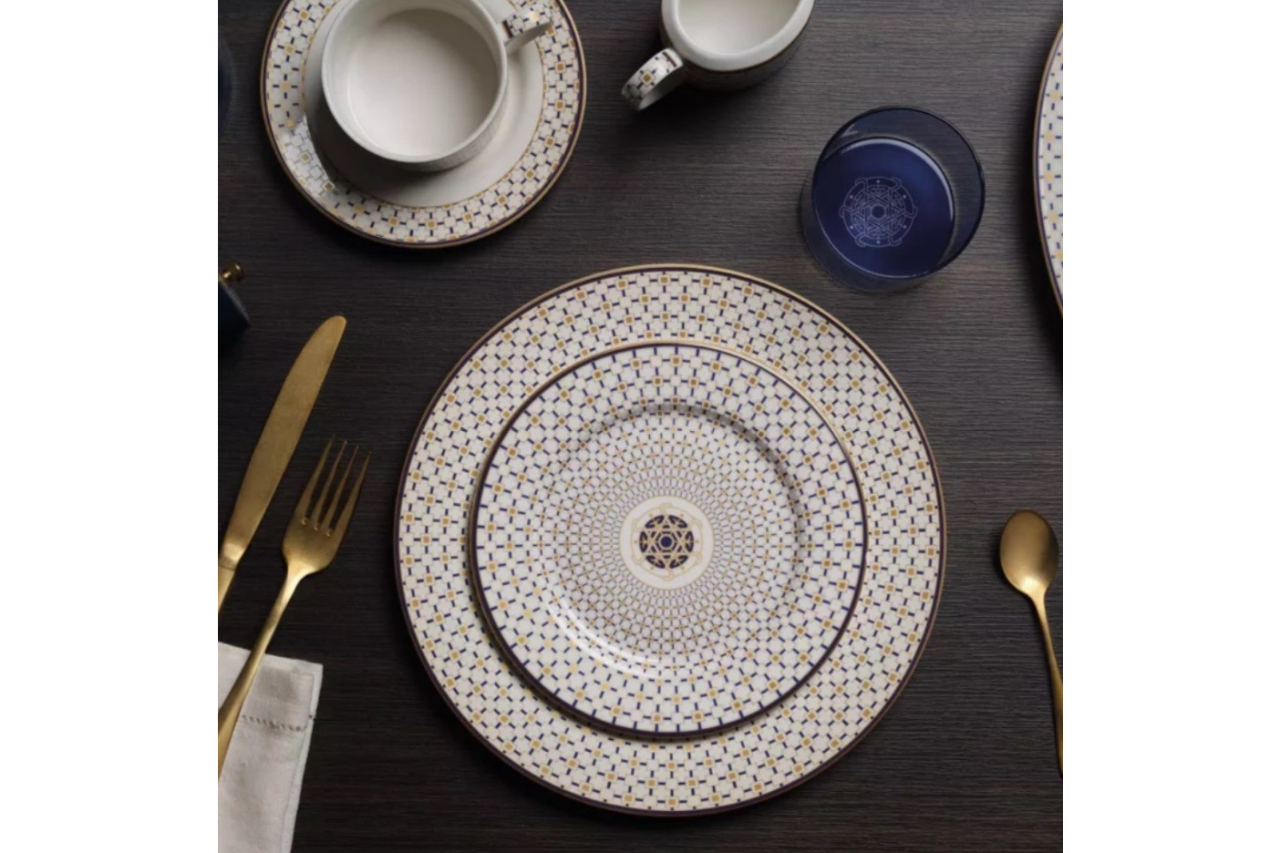



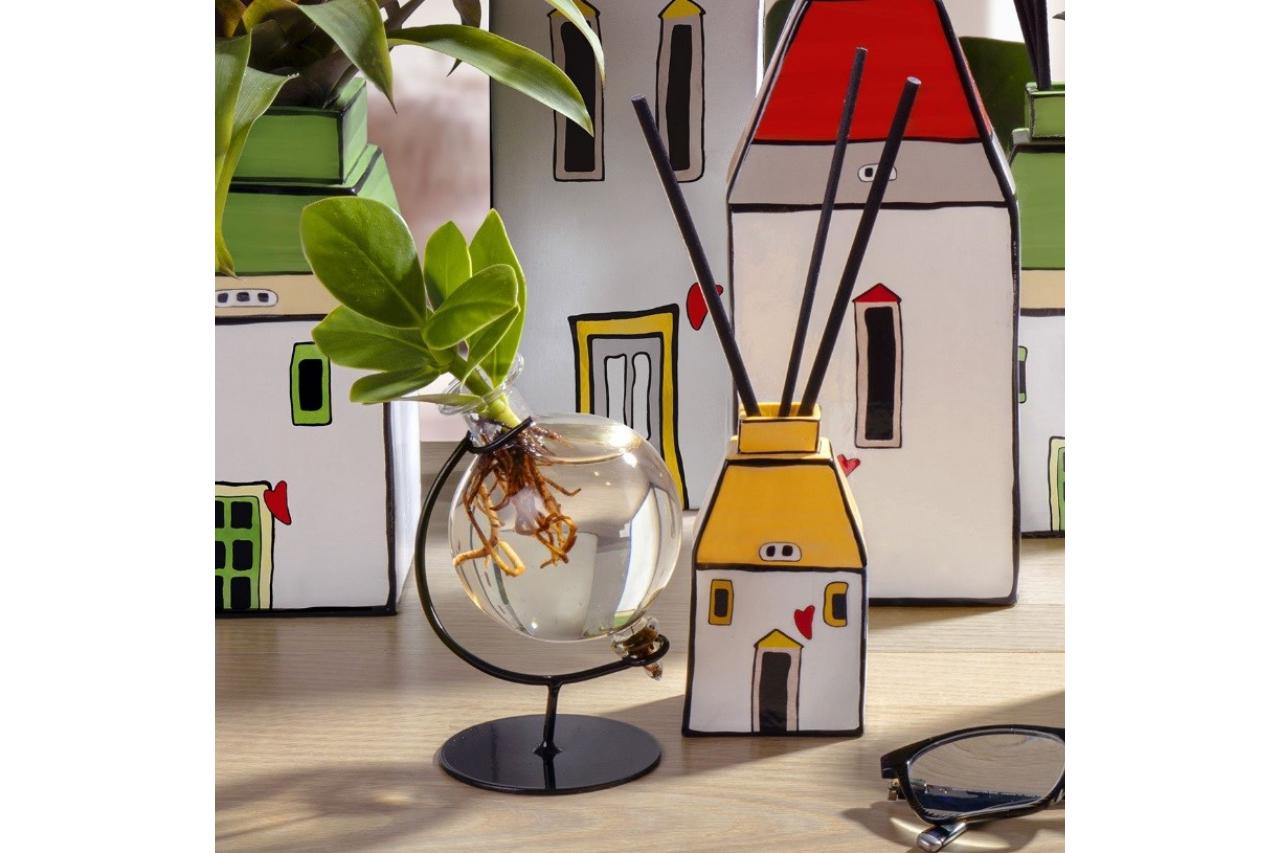
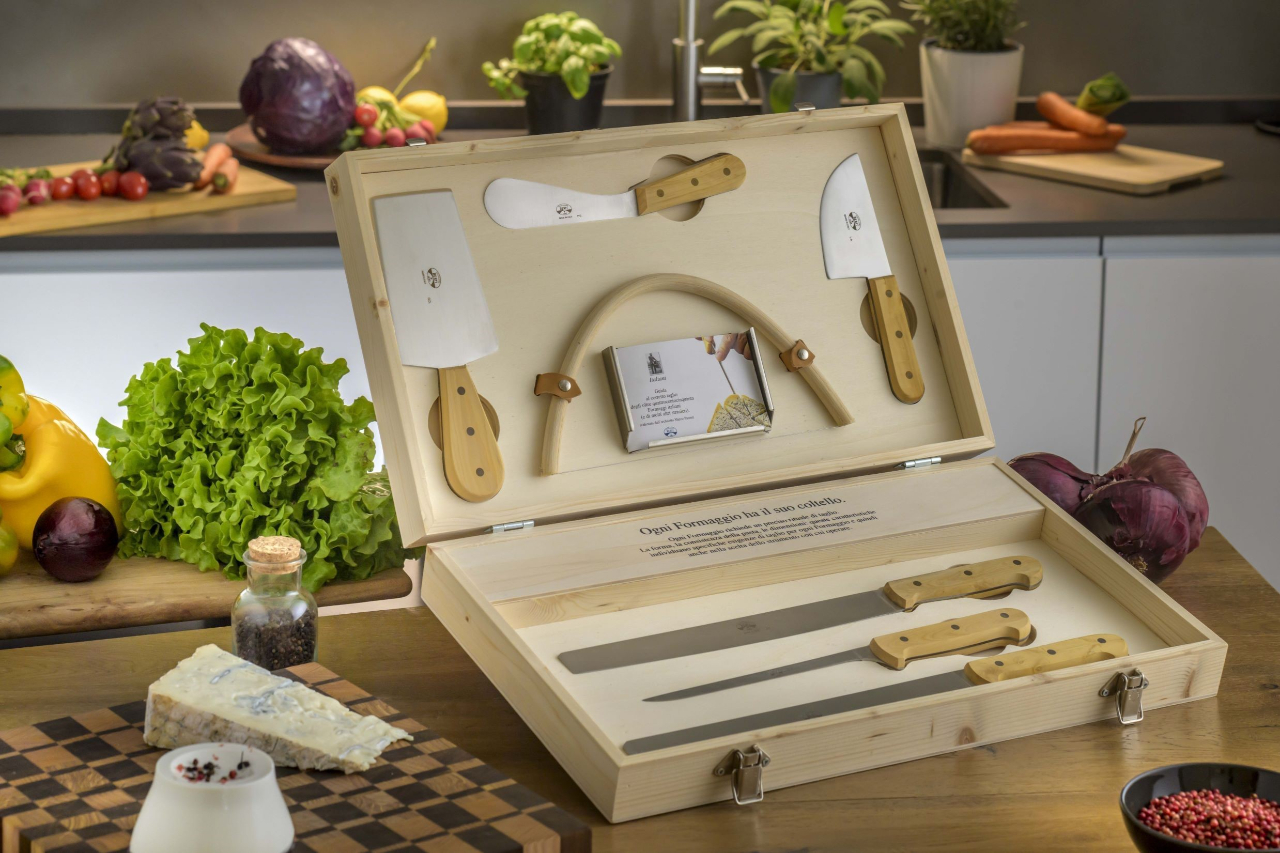
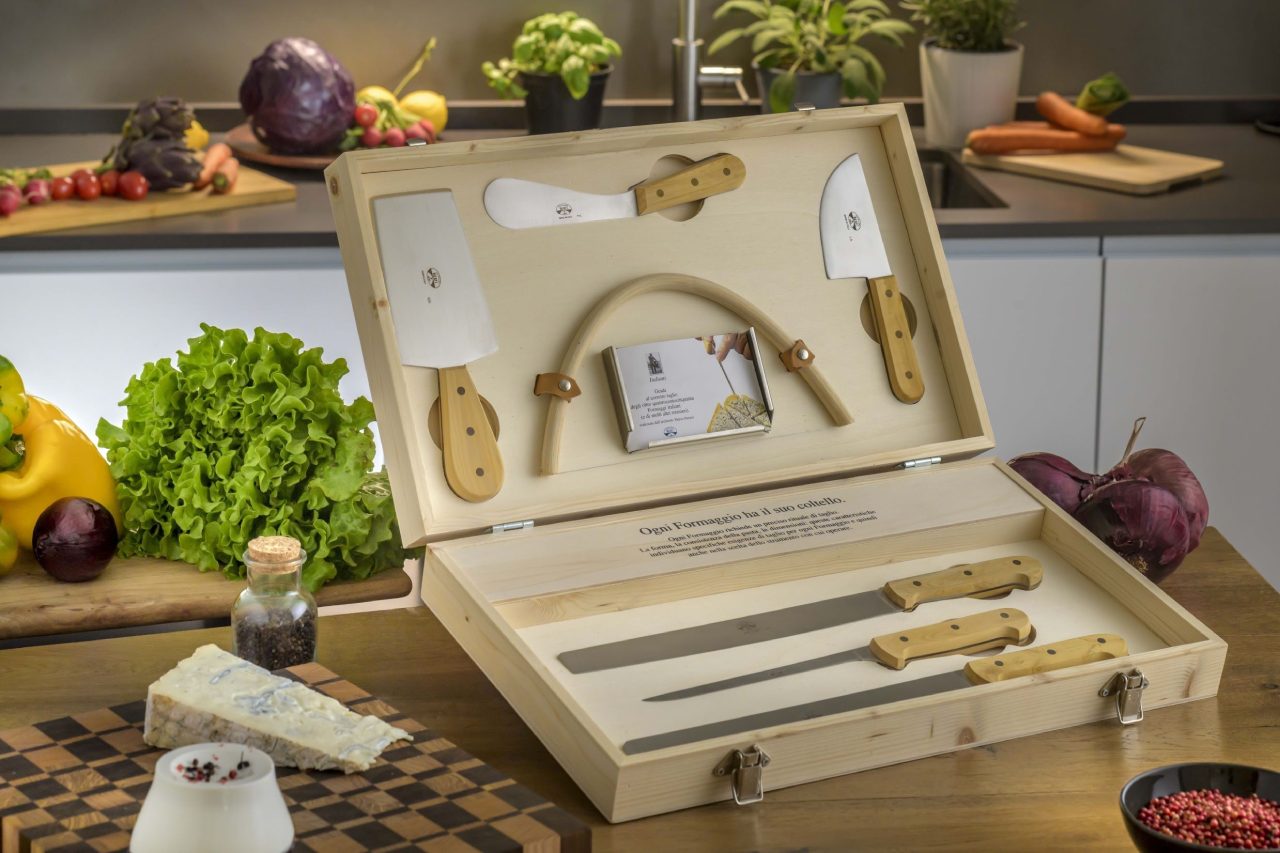
Multifunctional spaces and sustainability at the heart of consumer choices. Interview with Promotica at Milano Home 2025
How did this second edition of Milano Home go?
The second edition of Milano Home has established the event as a reference point for the sector in Italy, with an enriched exhibition offer compared to the previous year. Regarding visitors, we observed an increase in quantity, indicating growing interest from the target audience. The particular focus on the revival of specialized retail, also highlighted through the various talks held during the four days of the fair, certainly represents an important added value. Our group also invested heavily in both the organizational phase and hospitality, and I believe we benefited from this very proactive approach. The presence of our charitable initiative Chefs For Life also helped keep attention high.
What are the prospects for your Group, and will you acquire new companies this year?
Our group is dynamic, always attentive to opportunities that the market may offer, both in terms of new outlets and possible growth operations through external lines. We already have two acquisitions in the pipeline, the first of which was finalized in recent days and concerns the company that represents us in France, which we acquired to increase direct control of a strategic market for us. The second is still being defined but is well advanced and will be finalized by the end of March.
What are the market trends in the home sector?
Current trends in the home sector reflect significant changes in people's needs and preferences, with an increasing tendency to equip multifunctional spaces within their homes. The market for kitchen, table, and home items in Italy, after the boost from the "Covid period," is now in a phase of slight but steady growth. The main motivations driving purchases are the desire to replace or update old household items, to buy items that are not owned, and to satisfy a passion for cooking. In all this, consumers are increasingly attentive to the quality-price ratio, sustainability, and product design. Consumers are not always able to grasp the reasons for different prices for seemingly similar items, and there is certainly much work to be done in this area.
Which countries are promising for Made in Italy?
In general, Made in Italy represents an important value for many countries, which appreciate its characteristics in terms of quality, design, and often craftsmanship. Besides Italy itself, there is certainly particular sensitivity to these themes from countries in the Middle East, the Far East, the United States, and Latin America. The market of the former Soviet Union countries is also promising, as Russia has always been, although it is currently semi-frozen due to the political situation. We hope from all points of view, primarily the human one, that 2025 will mark a positive turning point in this area as well.
What is the relationship between retail and loyalty programs/promotions, risk or opportunity?
The relationship has always been controversial, especially due to retail's concern that prize operations would take market share away from stores. In fact, 12% of table and kitchen items are obtained by customers through loyalty programs (source ART 2023), but loyalty campaigns have the merit of stimulating the replacement of items and giving visibility to the brands used for this type of activity. In our opinion, a virtuous mechanism must be triggered that allows retail to leverage loyalty campaigns to carry out drive-to-store activities agreed with brands through activation mechanisms (discounts, contests, or other types of call to action). In loyalty campaigns, the vast majority of participants manage to obtain only one or two prizes in collection, so the need to complete the collection can be an excellent incentive to make new purchases.